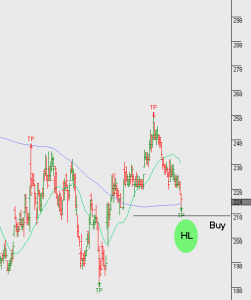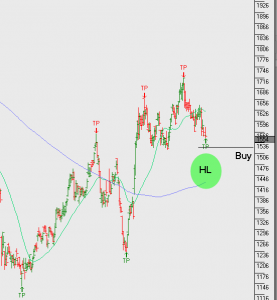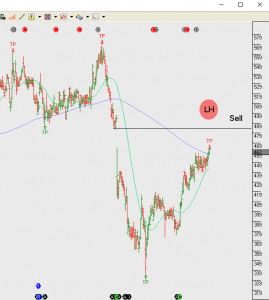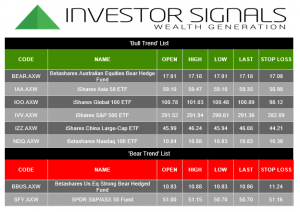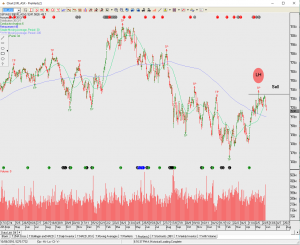Over the last few months, it’s become evident that FED Chair Janet Yellen, along with other voting FOMC members, have placed more emphasis on the wages and unemployment components of the labor matrix, and less emphasis on the new jobs in reference to their “data dependent” analysis of the overall US economy.
However, after last Friday’s shocking 38,000 new jobs on the headline Non-Farm Payroll (NFP) number, it’s likely that Ms Yellen will make some direct reference to the data miss when she speaks at the World Affairs Council today in Philadelphia at 12:30 NY time.
After Friday’s steep sell off in the USDX, FX investors will be listening for comments which clarify whether the FED chief is looking at Friday’s report as an outlier, and not consistent with the vast majority of economic indicators, or as a signal that Q2 growth will not rebound as briskly as expected.
Our base case has been that a June rate adjustment was not particularly likely given the proximity to the UK referendum and the fact that FED officials have very little stomach for taking controversial positions. However, given the broader economic information set, we are reluctant to rule out a July rate hike and see no compelling reason not to expect the weakness in the May report to be a statistical fluke; which is not uncommon from the Bureau of Labor Statistics.
For example, In March of 2015 the headline NFP number was 84k, in December, 2013, there were 45k jobs created and in April 2012 job growth fell to 75k. In none of these cases did the disappointing headline number signal the end of the economic or labor cycle. In fact, in two of the four examples given, the following month’s headline NFP jobs growth was over 200k.
As a labor economist and experienced FED Governor, Ms Yellen will likely look past the noise of high frequency data and focus on the underlying positive growth signals. From that perspective, very little changed last Friday. Less than two weeks ago, Ms Yellen acknowledged that it might be appropriate to raise rates again in coming months. Without being too specific, if she simply maintains that type general assessment, it would be sufficient to keep the July FOMC meeting alive.
As such, with the ECB still expanding their QE and the Japanese economy still contracting, once the dust settles from last week’s terrible NFP report we expect the USD to re-emerge as the cleanest shirt in a dirty pile and recover last week’s losses.
